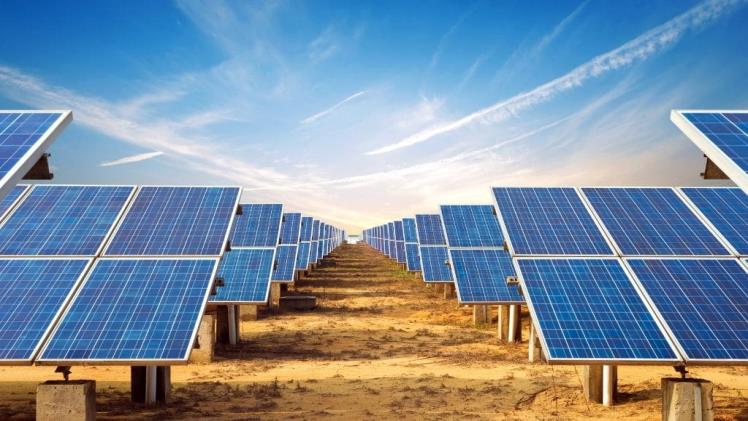Solar devices absorb sunlight and convert it into electricity or heat. They can be used for residential and commercial purposes. Solar energy, a sustainable clean energy source, is increasingly becoming accessible to homeowners and businesses across the United States. Panels can be used for residential and commercial purposes. There are three main types of solar panels. These are monocrystalline silicon panels, polycrystalline silicon panels, and thin-film panels. The type of panel used depends on the budget, efficiency, durability, and how much space you have available.
Solar devices absorb sunlight and convert it into electricity or heat.
Solar panel can be used for residential and commercial purposes and by governments to generate power at an affordable cost. They’re also a clean, renewable energy source—and they’re easy to install yourself!
There are three main types: monocrystalline silicon, polycrystalline silicon, and amorphous thin-film (amorphous silicon). Monocrystalline silicon is the most efficient type of panel but also the most expensive; polycrystalline silicon is cheaper than monocrystalline but less efficient, and amorphous thin film provides moderate efficiency at much lower prices than either of the other two options.
Grid-tied systems
Grid-tied solar systems are fast becoming the norm in many states because they provide multiple benefits to home and business owners. By allowing homeowners and businesses to generate their own clean electricity on-site, these systems reduce CO2 emissions from traditional power plants that produce electricity for the grid.
Solar devices can be used for residential and commercial purposes.
They can power homes, businesses, schools, factories, and more. Excess electricity produced can be sold to the state without any taxes or tariffs.
Types of solar panels
The most commonly used type of solar cell is the monocrystalline silicon panel. These are made from single crystals sliced thin and then mounted in meetings, making them more efficient than polycrystalline silicon panels. However, they’re also more expensive because they require more raw materials and machinery.
Polycrystalline silicon panels are cheaper than monocrystalline silicon panels but less efficient at converting sunlight into electricity—they can only convert around 15% to 20% of incoming sunlight into electricity, compared to about 25% for monocrystalline cells.
Thin film PV panels use thin layers that have been applied directly onto another material (often glass) instead of being built up like traditional solar cells; these are less expensive than either monocrystalline or polycrystalline options but also less efficient at converting light into power (usually between 6-10%).
What panel should be used?
The type of solar panel used depends on the user’s budget, efficiency, and durability. For example, if you want to save money and have a small space available in your yard, you should use thin-film panels. However, if you have a large property and want more power from your system, it’s better to go with crystalline panels because they have higher efficiency ratings than thin film. If you are low on budget, then polycrystalline silicon panels are your best option.
Solar panels are made up of many cells which convert sunlight into electricity for your home or business. The number of cells needed for each size depends on how much energy the building or business requires at any one time so that it can be anywhere between 12v DC (low voltage) and 240v AC (high voltage).

